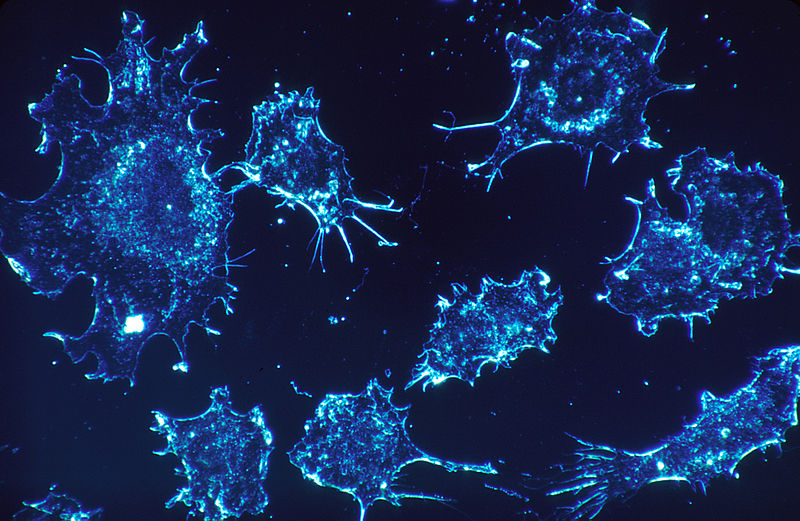Miniaturization Milestone: Unveiling the World’s Thinnest Lens
In a feat of remarkable miniaturization, physicists at the University of Amsterdam, in collaboration with Stanford University, have unveiled the world’s thinnest lens. This revolutionary device measures a mere three atoms in thickness, marking a tenfold reduction from the previous record holder.
They used a distinctive material called tungsten disulfide (WS2) to create a flat lens that is half a millimeter wide and just 0.6 nanometers (nm) thick. This mind-boggling measurement is equivalent to three atoms stacked together, significantly surpassing the previous record of 6.3 nanometers. For perspective, a human hair typically ranges from 80,000 to 100,000 nm in thickness.
Quantum Innovation: How WS2 Redefines Optical Technology
Instead of relying on curvature to bend light like traditional lenses, this innovative lens utilizes quantum effects to produce its unique functionality. Traditional lenses focus light through curvature, but this ultra-thin marvel employs a completely different approach.
When light strikes the lens, it triggers the formation of short-lived quasiparticles called excitons within the WS2. These excitons then re-emit the light, concentrating it at a designated point and achieving focus without the need for bulk or curvature.
Applications and Impact:
The potential applications of this groundbreaking technology are numerous. Imagine virtually undetectable augmented reality glasses seamlessly integrated into our everyday lives. This innovation could also revolutionize medical imaging tools, enabling unparalleled precision in diagnostics and treatment.
The University of Amsterdam’s groundbreaking research represents a significant leap forward in the field of optics. This ultra-thin lens paves the way for a future filled with revolutionary optical devices that are both powerful and remarkably compact.







